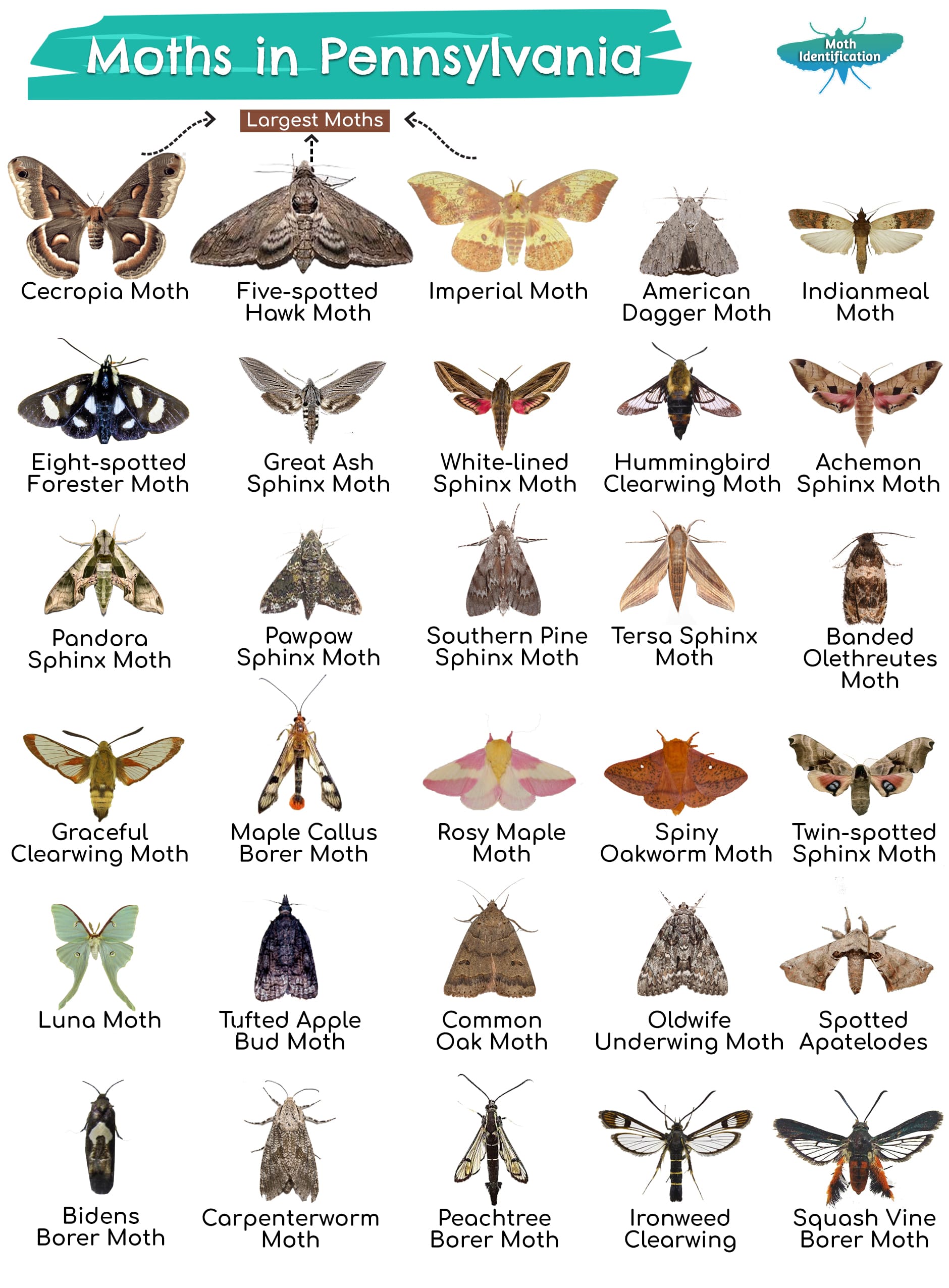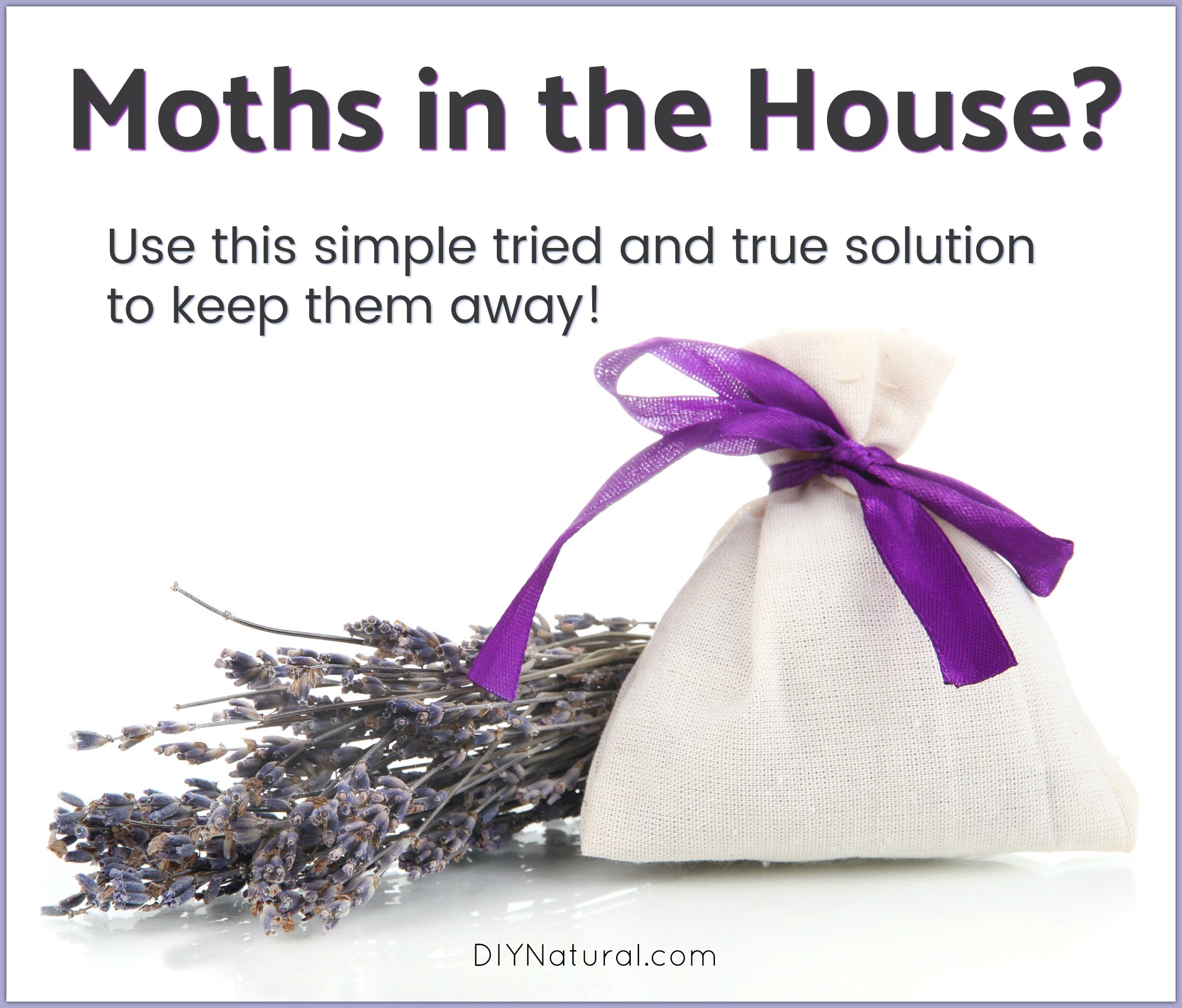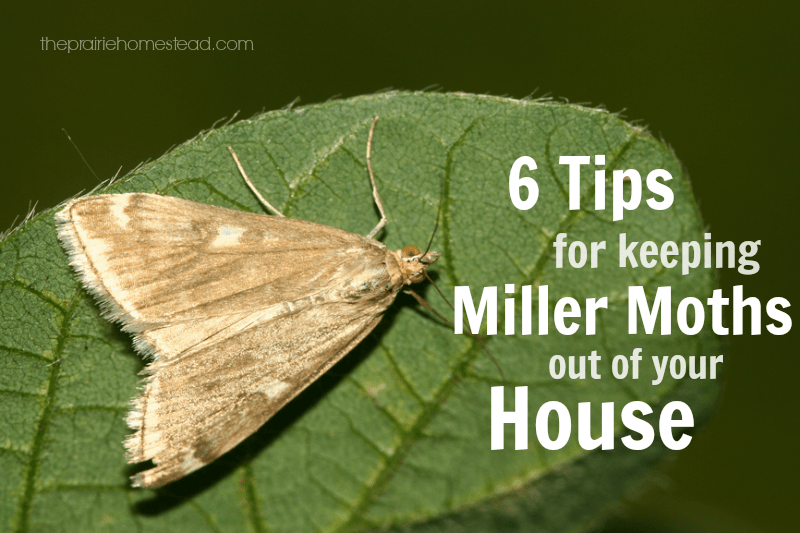Table Of Content

Add cedar oil sachets to closets to prevent moth infestations. Many people seeking out house moth identification are looking for information on the Indian Meal Moth (Plodia interpunctella), also known as Flour Moths or Pantry Moths. These moths have a unique appearance, including a small bronze colored head, bronze shoulders, and a patch of light brown on the upper body. The ends of the two-tone wings are darker, with a slight fringe.Adult Indian Meal Moths grow about 8-10mm long and have a wingspan of 16-20mm wide. Evidence of an Indian Meal Moth infestation comes in the form of the larvae wriggling within food, or the discovery of food bound together by webbing. The most common types of household mouths are brown house moths, white-shouldered house moths, and Indian meal moths.
Common Clothes Moth

That's why it's key to implement effective preventative measures, including throwing away contaminated materials and sealing up seasonal clothing and pantry items. If you realize that your home is infested by moths, hiring an exterminator for help may seem like the best option. For serious infestations, a professional pest control service may indeed be the best possible solution. However, oftentimes, homeowners find that they can remove these pests without the help of professionals. The process involves identifying the most heavily infested areas, thoroughly cleaning, and implementing future preventative measures such as pheromone moth traps.
House Moths Identification
The Brown House Moth (Hofmannophila pseudospretella) is a part of the concealer moth family and likely originated from Asia. However, this type of moth was introduced to other regions of the world via human activity and can now be found all over the world. Adult Brown House moths grow to reach between 8mm and 14mm in length, with a wingspan between 15mm and 26 mm. If you’ve had your clothes dry-cleaned, remove the plastic covering as soon as you get them home to avoid yellowing the fabrics. Once you’ve cleaned your clothing it’s time to tackle your home. “The problem won’t go away if you don’t clean out the closet and get rid of the dust bunnies and other potential nesting zones,” Ballard says.
How to Prevent House Moths
Store off-season clothing in airtight containers or garment bags with all gaps and seams sealed with tape. Also, consider using moth repellants such as cedar blocks, mothballs, and cedar hangers. Take clothes out of plastic bags from a dry cleaner, as plastic attracts dust, which attracts moths. However the White Shouldered House Moth is a different species all together and can cause damage in your home. It behaves in a manner that is similar to the Pantry Moth and should be removed from the home right away to protect your stored dry goods.
You should also see whitish worms/ caterpillarsabout 0.6 inches long with a blackhead. These actually have the ability to chew through containers to access dry food products. Common attractions include cereals, pasta, spices, and other types of dry goods. The insects usually have two distinct pairs of wings, with each being covered in a type of scale. The eyes are very large and the proboscis of the eyes is coiled. It is important to understand that not all moths have a natural attraction to light.
The Government Is Paying People to Upgrade Their Home Comfort, Here’s Why

Once these insects find their way into homes, they are attracted to several products and several areas. Pest control experts will have the knowledge and equipment to properly deal with infestations and problems on a much larger scale and effectively make your home pest free. In addition to many of the steps and precautions you can take to deal with different moths, you should also be practicing good habits for cleaning and washing. This includes cleaning not only your clothes but also different areas of your home like your kitchen and pantry. You want to sweep and vacuum and clean any places where moths can potentially nest and hide in your home.
Signs you have a moth infestation
Lavender will not, however, kill moth eggs or larvae, so be sure the space is free of them first. Before you pack up winter clothing for storage, wash or dry-clean garments that have been worn. This rids them of moth eggs and also eliminates perspiration remnants and food spills, which attract and nourish pests.
The larva which isn’t longer than an inch is whitish incolor with a brown body and head. It feeds on organic debris and detritusindoors as well as outdoors. From inside the house, they hide behind skirtingboards, carpets and in crevices of the home. They are known to attack cereals,maize, oats, barley, wheat, rice, seeds, pet food, and potatoes.
Clothes Moths: 6 Simple Solutions + 5 Preventative Tips - Country Living UK
Clothes Moths: 6 Simple Solutions + 5 Preventative Tips.
Posted: Mon, 15 Mar 2021 07:00:00 GMT [source]
The larvae of Brown House Moths are slightly smaller than the larvae of other species and tend to be an off-white color with darker-colored heads. For either the common or case bearing house moth, you shouldcheck on your clothes, specifically those with wool or fur fibers. They holdthe highest number of spacing between the fibers hence good breeding places forthe larvae. They will habitat anywhere on the clothing from armpits, theinsides or just in the top. You should see a whitish larva hanging on theclothes they can easily be scraped off by brushing. Some species of moth have a particular liking to stay indoors.
Their offspring chew up fabrics and paper, as well as high-carb dry goods like rice, oatmeal, and pasta. They are small flying insects that infest or contaminate stored pantry goods such as grain, cereal, flour, and other dry food. They are also known as grain moths or Indian meal moths because they commonly infest powdered Indian corn or cornmeal in America. These pests enter the home via newly-purchased clothes or bird, rodent, and other animal nests made inside attics, crawl spaces, or nearby trees, add the experts at Orkin. When dealing with a moth infestation, people often see the adult moths first, but the real pests are larvae that are small, white and frequently hidden in food sources. The first step to eradicating pantry moths is to discard any contaminated food.
Certain products and materials give off different odors that detract and repel moths. These items include cedarwood coat hangers or shelves and lavender bags which you can utilize in your closet and cabinets to help keep moths away from your clothes. Cedarwood produces a chemical reaction that creates an odor that moths don't particularly like. Once inside, their eggs hatch into larvae that eat grains, dried nuts, cereals, and a variety of processed products. These pests contaminate food with feces, cocoons, and web-like material.
Signs that indicate a clothes moth infestation include webbing, holes in the fabric, and excrement which appears like large grains of sand. You may also find their silk cases, which are long, cylindrical, open on the end, and include pieces of infested material inside the case. If the case is still occupied, it will have a squirming larva inside. These moths are omnivorous, consuming things like bran, grain, flour, and other cereals, as well as wool and other animal-derived fabrics.
One study found that 57 species, about one-fifth of the total species in the area, moved into an urban insect hotel. They provide the perfect place for beetles and other insects to tunnel, hide, forage and overwinter. Bees follow the beetles to build their nests in old tunnels, while spiders and other insect predators live in the moist underside. “Planting” a log in your yard furnishes a mosaic of habitats for years or decades.
“Having that stuff spinning around in the vacuum bag or the canister will destroy any eggs you suck up like shrapnel,” Brumfield says. This practice should remove eggs and larvae, which are so small, you probably won't be able to see them. In case you miss a few of the pests or their eggs, pack this clothing separately from laundered or dry-cleaned items. Weekly vacuuming and general homekeeping go a long way toward keeping pests at bay. If you clean often, you may remove them without even knowing it. Vacuuming also removes moth eggs and larvae from carpets before they have the opportunity to hatch.
You might find webbing or tiny caterpillars wiggling around inside your food when you open it. If you have identified the house moths as webbing clothes moths (Tineola bisselliella), then you can try pheromone traps to kill moths and prevent infestations. These attract male clothes moths and, even though they don’t stop female moths from laying eggs, they disrupt the mating process. Like all types of house moths, the larvae of the white-shouldered moth do the damage. The tiny grub-like bugs feed on dried fruits, cereal, seeds, and dry plant debris. The white caterpillars with their brown heads grow up to 0.47” (12 mm) long.
"Mothballs are not preventative, but they are a kill agent, so they will work as long as the product is still releasing fumes," said Tucker. "It is important that items that are stored with mothballs are in a tightly sealed container where the fumes cannot easily escape." There are various DIY traps you can make using what you already have at home. Some will kill these pests instantly, while others are effective ways to prevent them from invading. For the treatment to be effective, it must occur when caterpillars have hatched but are in the early stages of development.

No comments:
Post a Comment